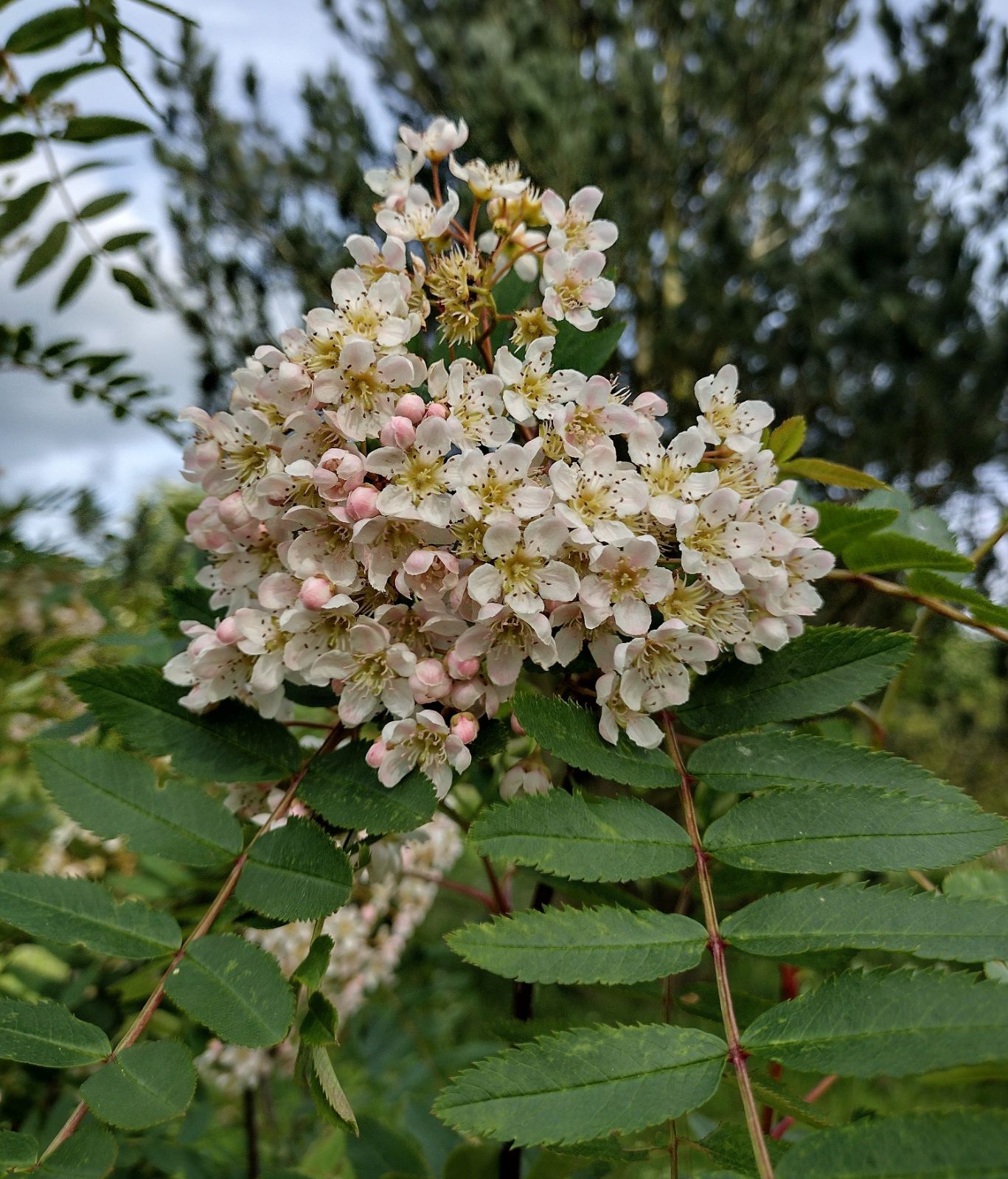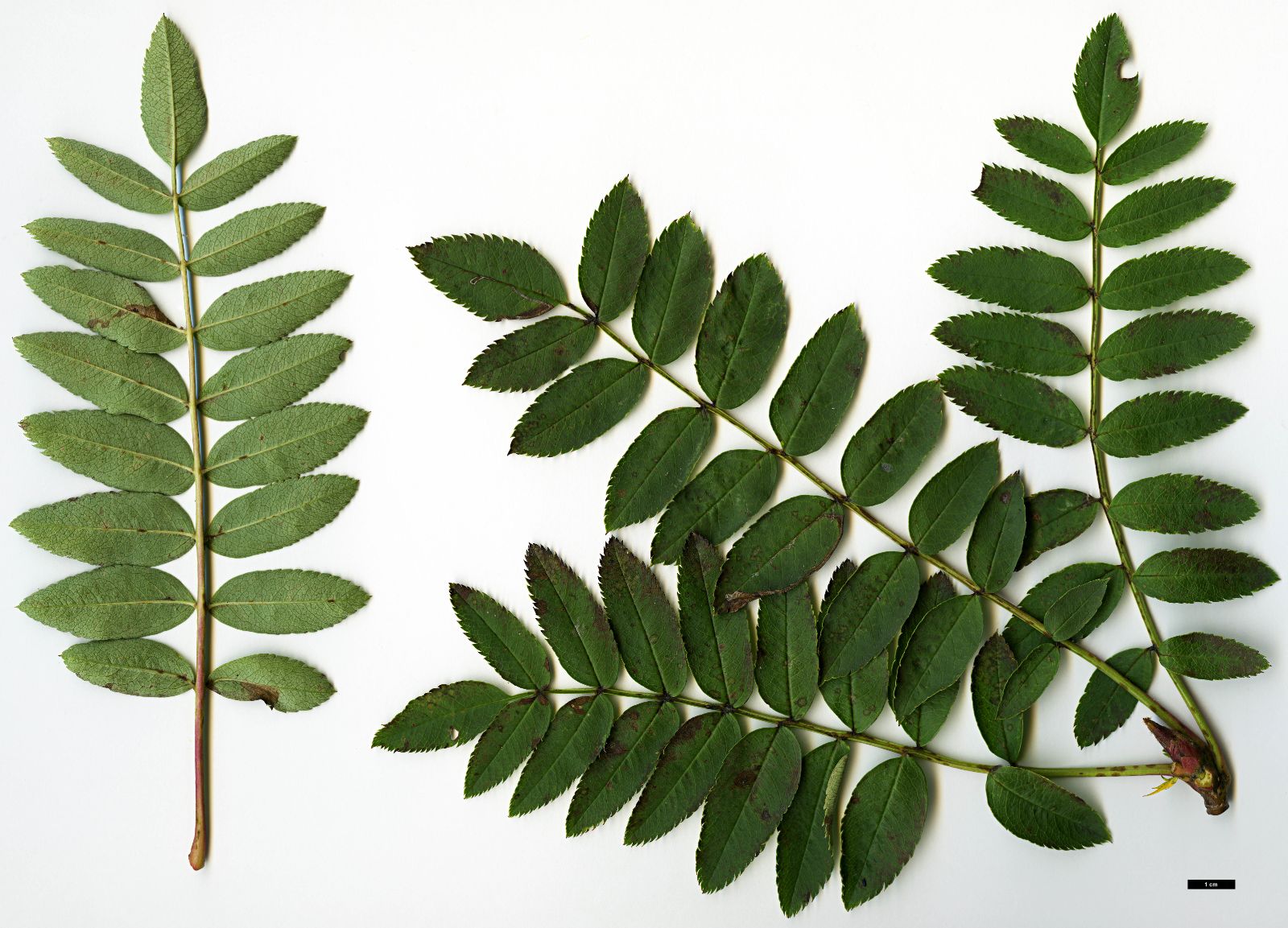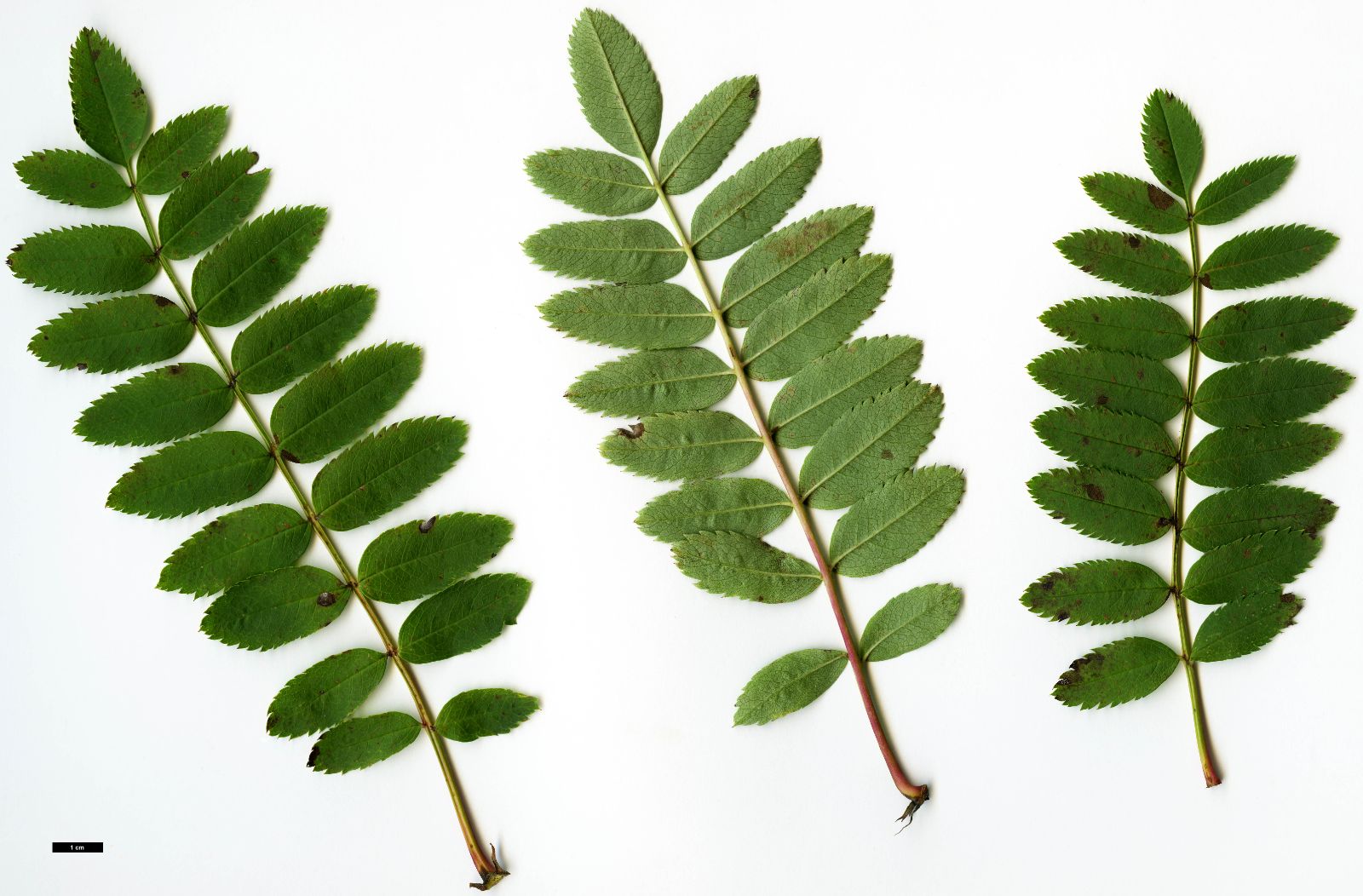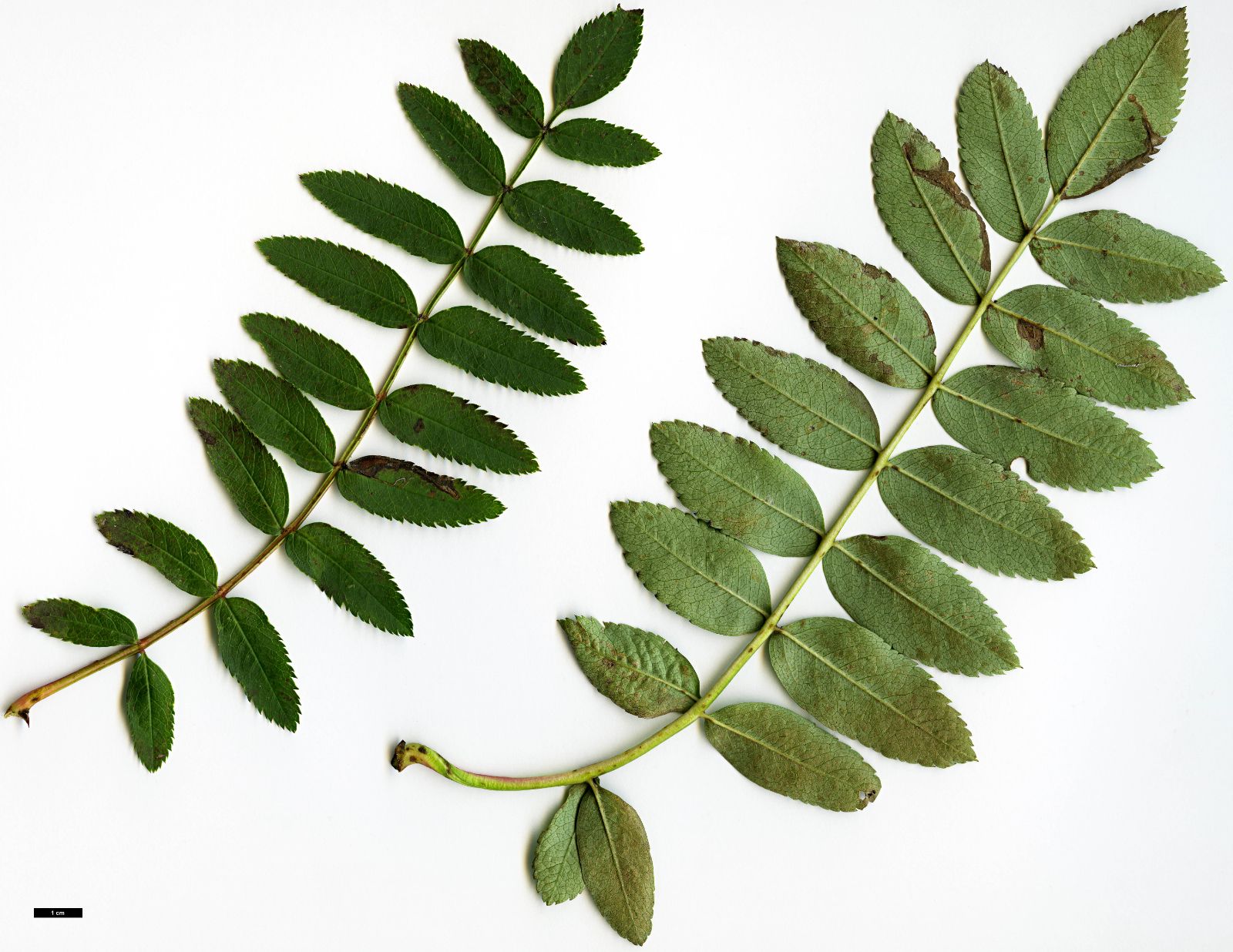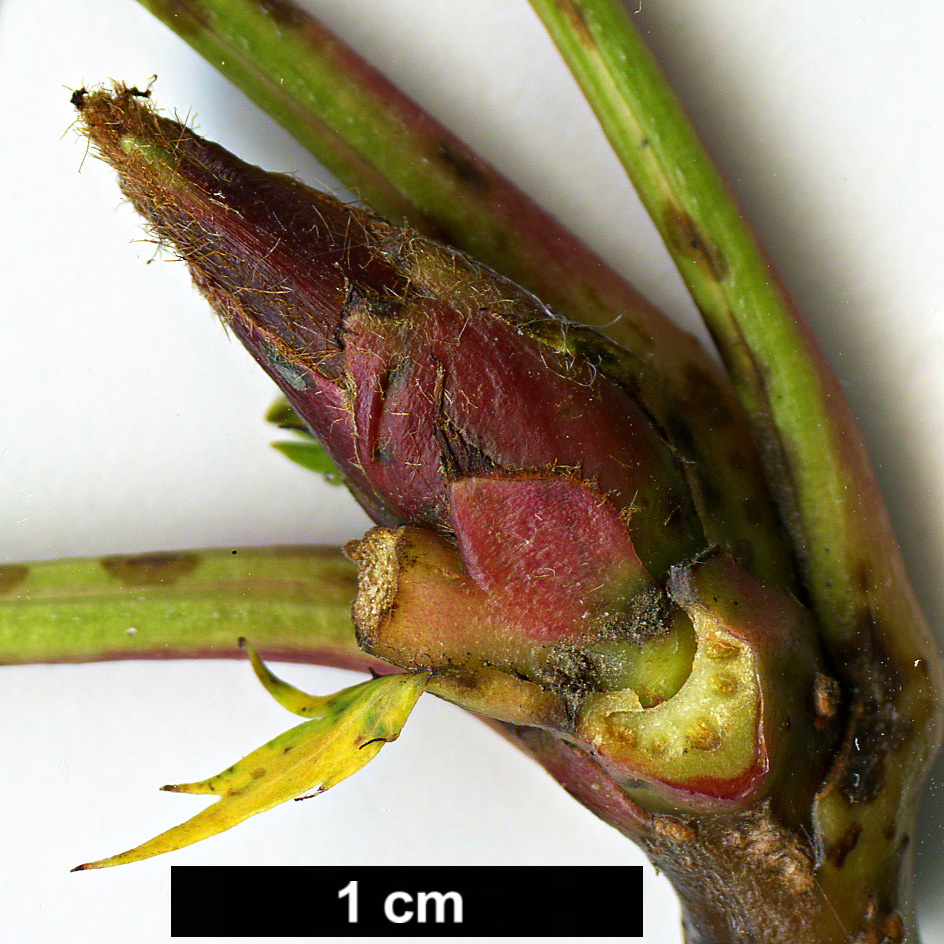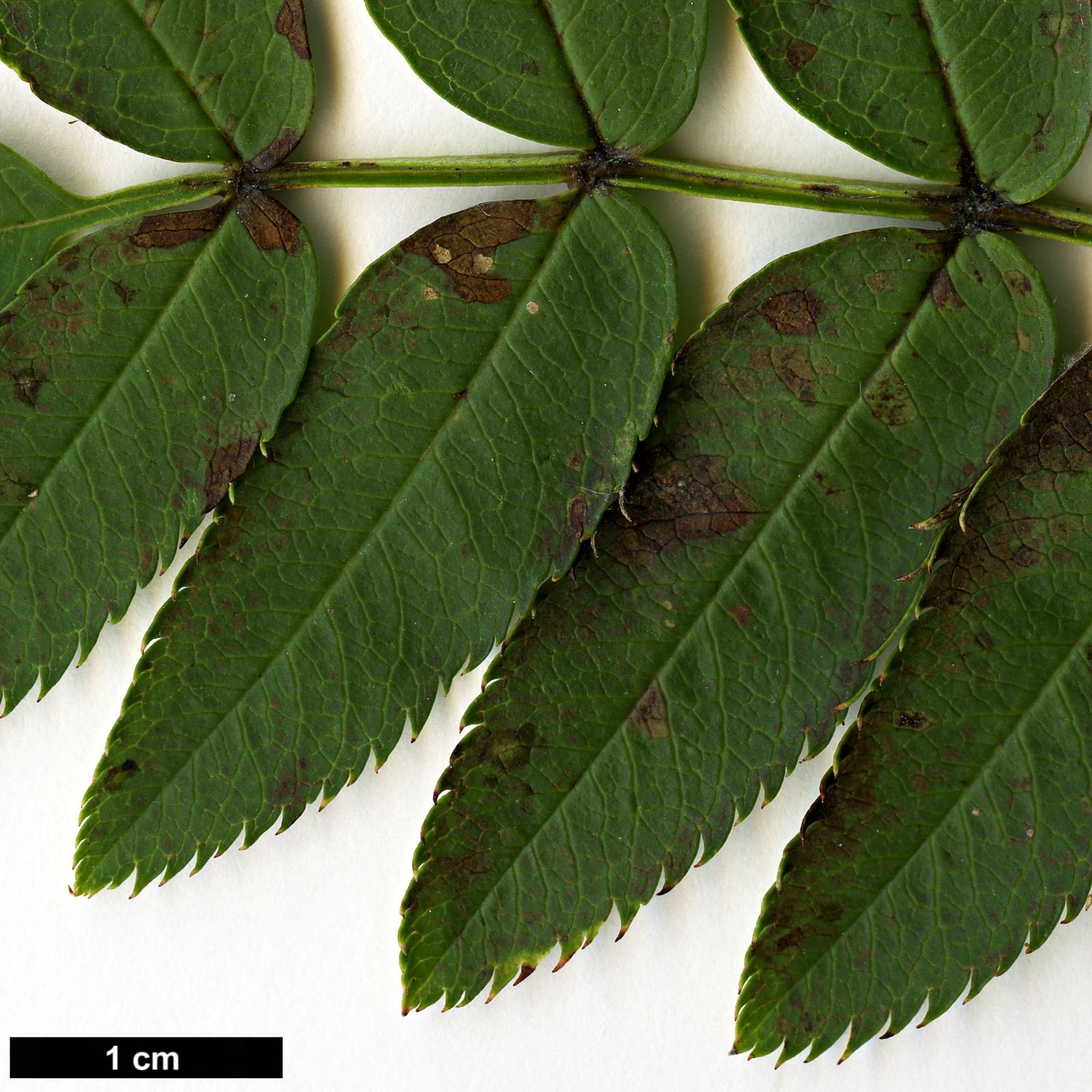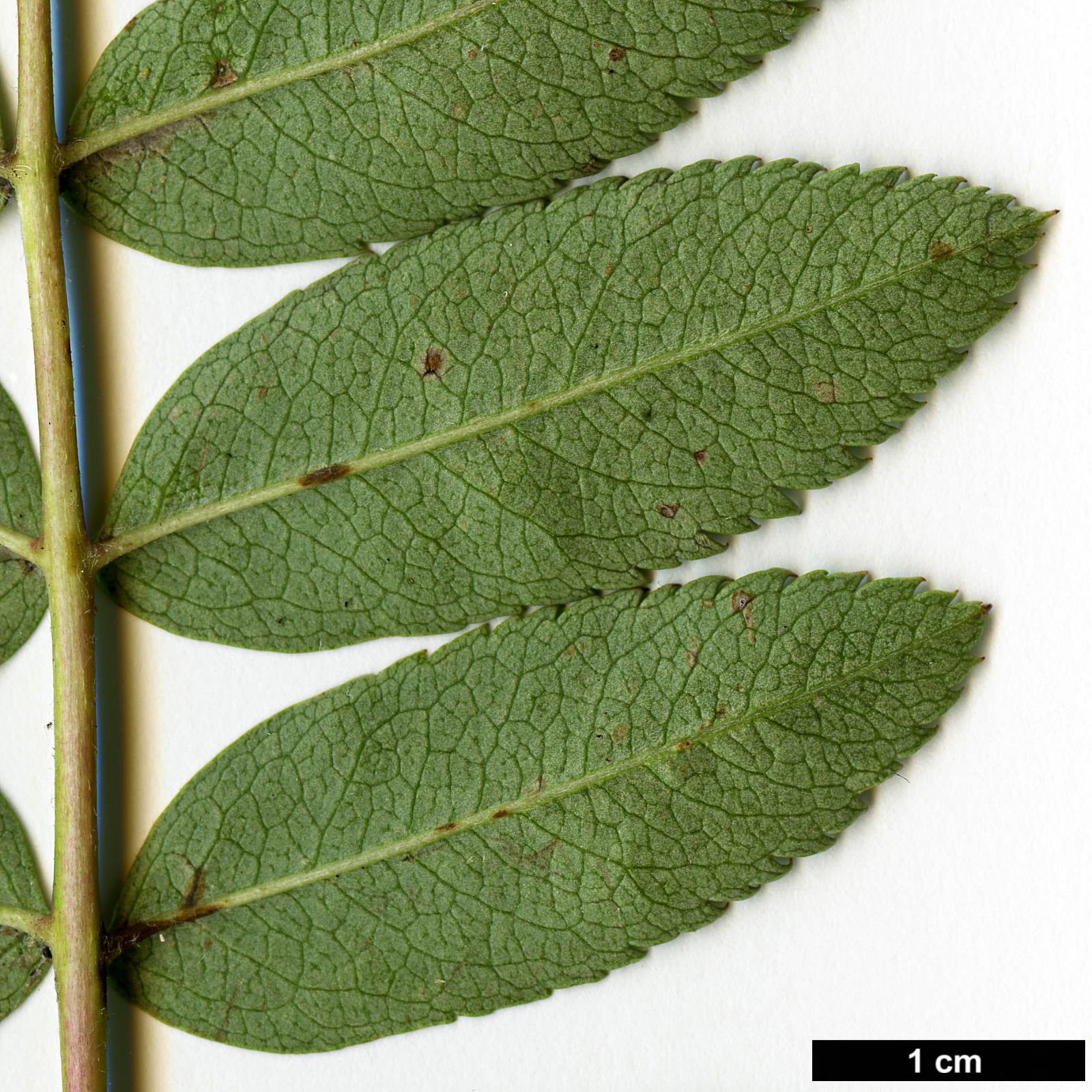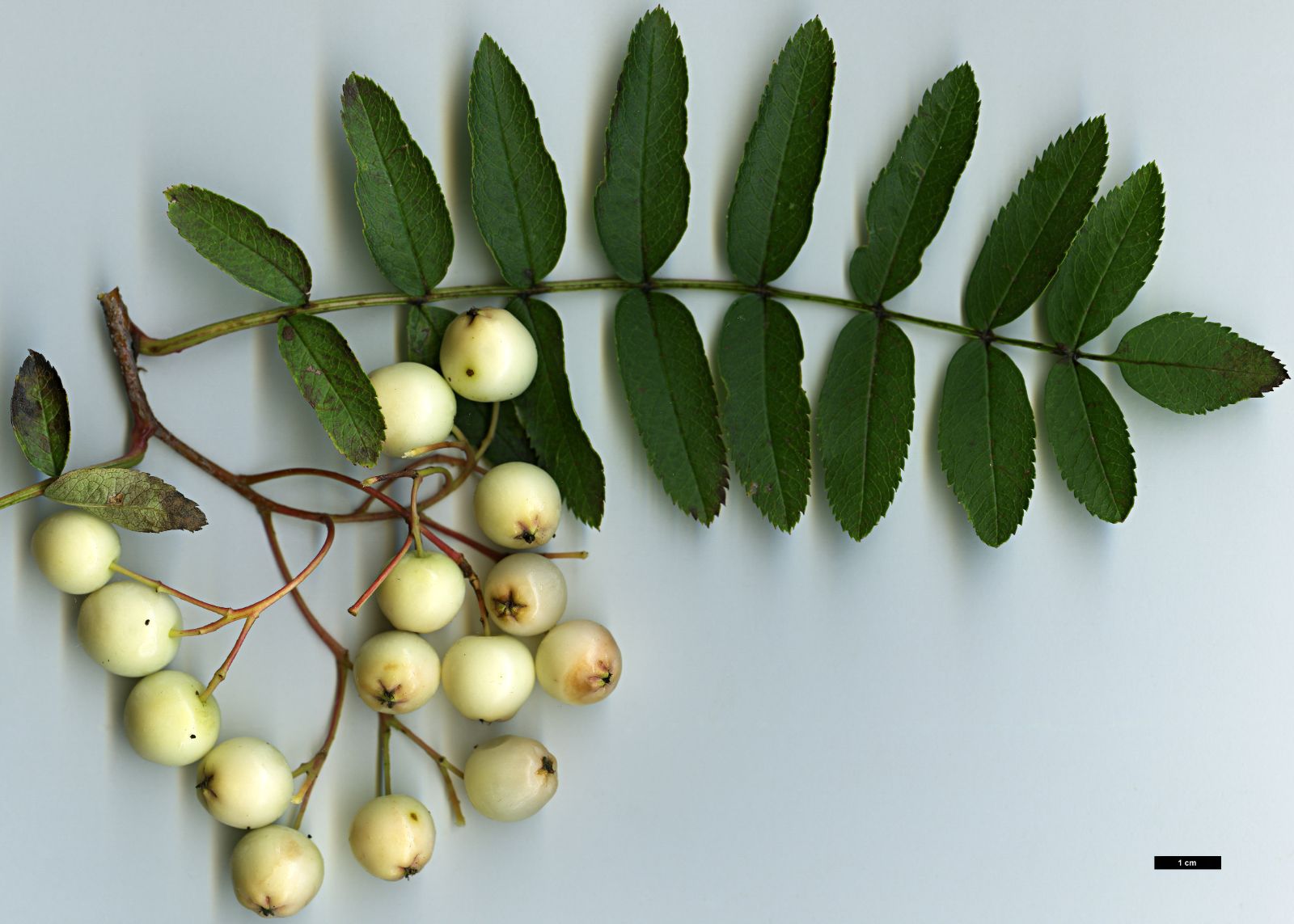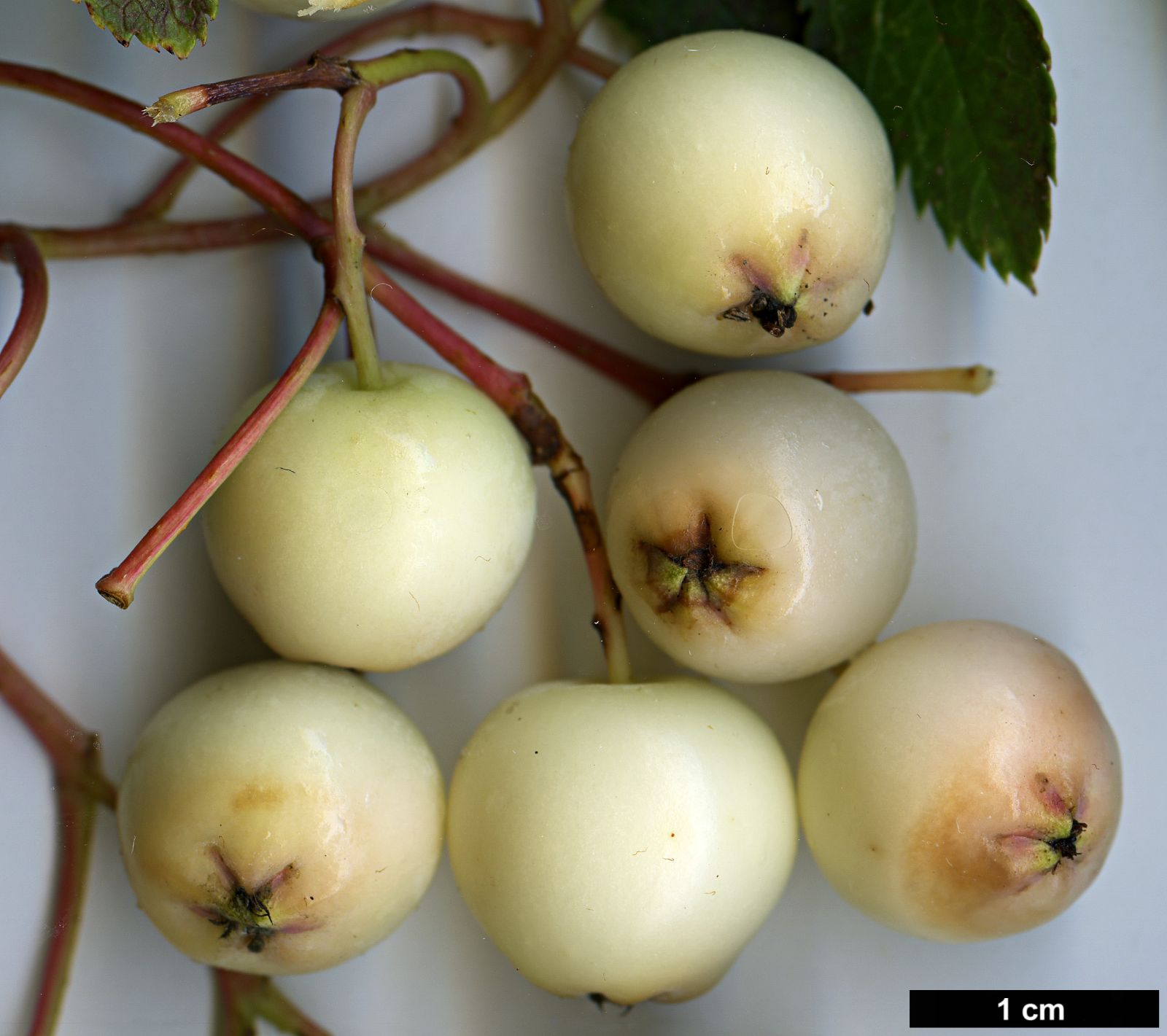Sorbus cashmiriana
Sponsor
Kindly sponsored by
This genus has been sponsored and new text is being prepared.
Credits
Article from Bean's Trees and Shrubs Hardy in the British Isles
Recommended citation
'Sorbus cashmiriana' from the website Trees and Shrubs Online (treesandshrubsonline.
Genus
Other taxa in genus
- Sorbus americana
- Sorbus amoena
- Sorbus arachnoidea
- Sorbus aucuparia
- Sorbus carmesina
- Sorbus commixta
- Sorbus coxii
- Sorbus decora
- Sorbus discolor
- Sorbus ellipsoidalis
- Sorbus esserteauiana
- Sorbus fansipanensis
- Sorbus foliolosa
- Sorbus forrestii
- Sorbus glabriuscula
- Sorbus glomerulata
- Sorbus gracilis
- Sorbus helenae
- Sorbus hupehensis
- Sorbus hypoglauca
- Sorbus insignis
- Sorbus 'Joseph Rock'
- Sorbus khumbuensis
- Sorbus koehneana
- Sorbus kongboensis
- Sorbus kurzii
- Sorbus lingshiensis
- Sorbus matsumurana
- Sorbus microphylla
- Sorbus muliensis
- Sorbus olivacea
- Sorbus parvifructa
- Sorbus pohuashanensis
- Sorbus poteriifolia
- Sorbus prattii
- Sorbus pseudohupehensis
- Sorbus pseudovilmorinii
- Sorbus randaiensis
- Sorbus reducta
- Sorbus rinzenii
- Sorbus rubescens
- Sorbus rufopilosa
- Sorbus rushforthii
- Sorbus sambucifolia
- Sorbus sargentiana
- Sorbus scalaris
- Sorbus sitchensis
- Sorbus tianschanica
- Sorbus ursina
- Sorbus vilmorinii
- Sorbus wallichii
- Sorbus wilsoniana
Editorial Note
In his heading for this species, W.J. Bean used the spelling ‘cachmiriana’, yet in the main body of text (see below) he used ‘cashmiriana’. Bean’s use of ‘c’ rather than ‘s’ seems to have been an error. We have corrected the spelling of the article title here to bring this in line with other major works, pending a full revision of Sorbus sensu stricto.
TC, September 2023.
A small, rather laxly branched tree; young stems soon glabrous and reddish brown, about 1⁄8 in. thick, sparsely lenticellate; winter buds dark purplish red, conoid, about 1⁄2 in. long, outer scales glabrous, the inner densely brown-hairy. Leaves with mostly six to nine pairs of leaflets, 31⁄2 to 61⁄2 in. long, including petiole 1⁄2 to 1 in. long. Leaflets 1 to almost 2 in. long, 3⁄8 to 5⁄8 in. wide, lanceolate to oblong, acute or subacute at the apex, sharply toothed almost to the base, upper surface rich green, glabrous, with the lateral veins slightly impressed, underside grey green, glabrous on the blade, the midrib at first coated with straight brown hairs but almost glabrous by flowering-time; rachis grooved, glabrous above, with scattered whitish hairs beneath. Flowers opening in May. Inflorescence almost glabrous, much branched, up to 7 in. wide, with forty to sixty flowers, which are 1⁄2 in. or slightly more wide. Receptacle glabrous; sepals sparsely ciliate. Petals pink in the bud, in the expanded flower white flushed with pink and with a rosy purple stain at the base. Stamens shorter than the petals, with rigid, flattened filaments and rosy purple anthers. Styles four or five. Top of ovary flattish, slightly hairy. Fruits at first green, becoming pure white except for the pink, fleshy sepals, globular-ovoid, 1⁄2 to 5⁄8 in. wide, filled with watery, bitter pulp.
Native of the western Himalaya, described in 1901 from a flowering specimen in the Falconer herbarium, collected in Kashmir some fifty or sixty years earlier. In Kashmir it appears to be confined to the inner ranges, e.g., in Baltistan and the area southeast of Nanga Parbat. Most herbarium specimens are from the Himalaya southeast of Kashmir, in the subalpine zone reaching from the River Chenab to the River Sutlej. Specimens collected on or near the borders between Pakistan and Afghanistan have been identified as S. cashmiriana, but their identity is uncertain.
S. cashmiriana was introduced to Britain early in the 1930s, though whence and by whom is not recorded. In 1934 Mr Ben Wells had some six or eight young plants in his nursery at Merstham, one of which was bought by Mr Butt of Chalford in the Cotswolds, with whom it fruited in 1940; a specimen was sent to Kew, where it was identified as S. cashmiriana. Mr Butt gave his plant to Wisley on giving up his garden. It died there, probably from drought, but it had been propagated by Messrs Marchant (Brian Mulligan, Gardening Illustrated, Vol. 70 (1953), p. 44). S. cashmiriana was exhibited by Messrs Marchant in 1952, and received an Award of Merit, since when it has become widely distributed in gardens.
S. cashmiriana has two seasons of beauty – in May when bearing its unusually large, pink-tinted flowers, and in October when the marble-sized white fruits hang from the branches, which by then are bare, for the leaves drop early in most seasons without colouring. The fruits are not liked by the birds and usually remain on the tree until they decay. The propagation of this sorbus presents no difficulty, since it comes true from seed.
It has been suggested that S. cashmiriana is no more than a white-fruited race of S. tianschanica. But the flowers of that species are even larger than in S. cashmiriana and an important difference given by Eleanora Gabrielian is that in S. tianschanica the carpels are free from each other to the base (an unusual feature in Sorbus), whereas in the present species they are partly united. A further difference is that in S. cashmiriana the leaflets are more numerous and that the buds are glabrous except for brown hairs at the tip.
The above description of S. cashmiriana is made from the cultivated form, which matches many wild-collected specimens, including the type-specimen. But on some wild plants the midribs of the leaflets and the underside of the rachis are quite densely white-tomentose and may represent the form named f. jaeschkei by Koehne. Their taxonomic position is uncertain.

